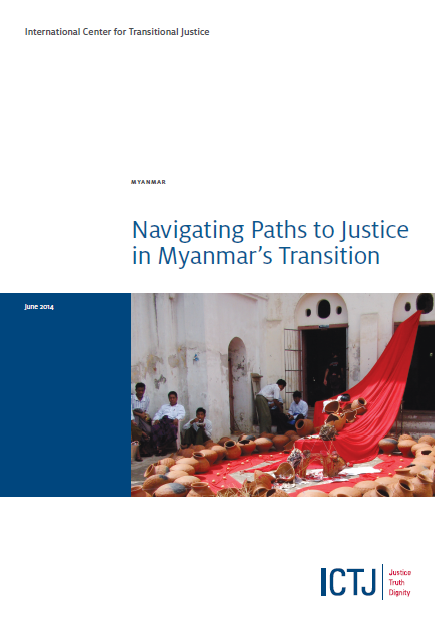Posts Tagged ‘United Nations Development Programme’ (2 found)
Navigating Paths to Justice in Myanmar’s Transition
Since President Thein Sein and his government took office in 2011, Myanmar’s transition has unfolded at a pace that has surprised many and earned the acclaim of western governments, financial institutions, and private-sector investment analysts.1 The Burmese population of approximately 60 million has endured more than a half-century of military dictatorship, armed conflict, economic dysfunction, and political repression.2 A meaningful transformation into a peaceful society that enjoys economic development and functions democratically now seems plausible, though it is far from guaranteed. Ultimately, the blanket immunity afforded by the 2008 Constitution shields the acts attributable to prior regimes from any form of accountability.3 Whether the reform process will evolve to include measures that address the massive and systematic injustices of the past remains less certain.
• • •UNDP-OHCHR Toolkit for Collaboration with National Human Rights Institutions
The United Nations Development Programme and the Office of the High Commissioner for Human Rights have developed this practical guide for UN staff on how best to support National Human Rights Institutions (NHRIs) with policy advice, technical assistance, and capacity development support from the pre-establishment phase. It includes information on country planning processes and capacity assessments, identifies challenges and opportunities NHRIs may encounter, and suggests how to deal with situations which threaten to undermine their effectiveness […]
• • •









 All posts
All posts